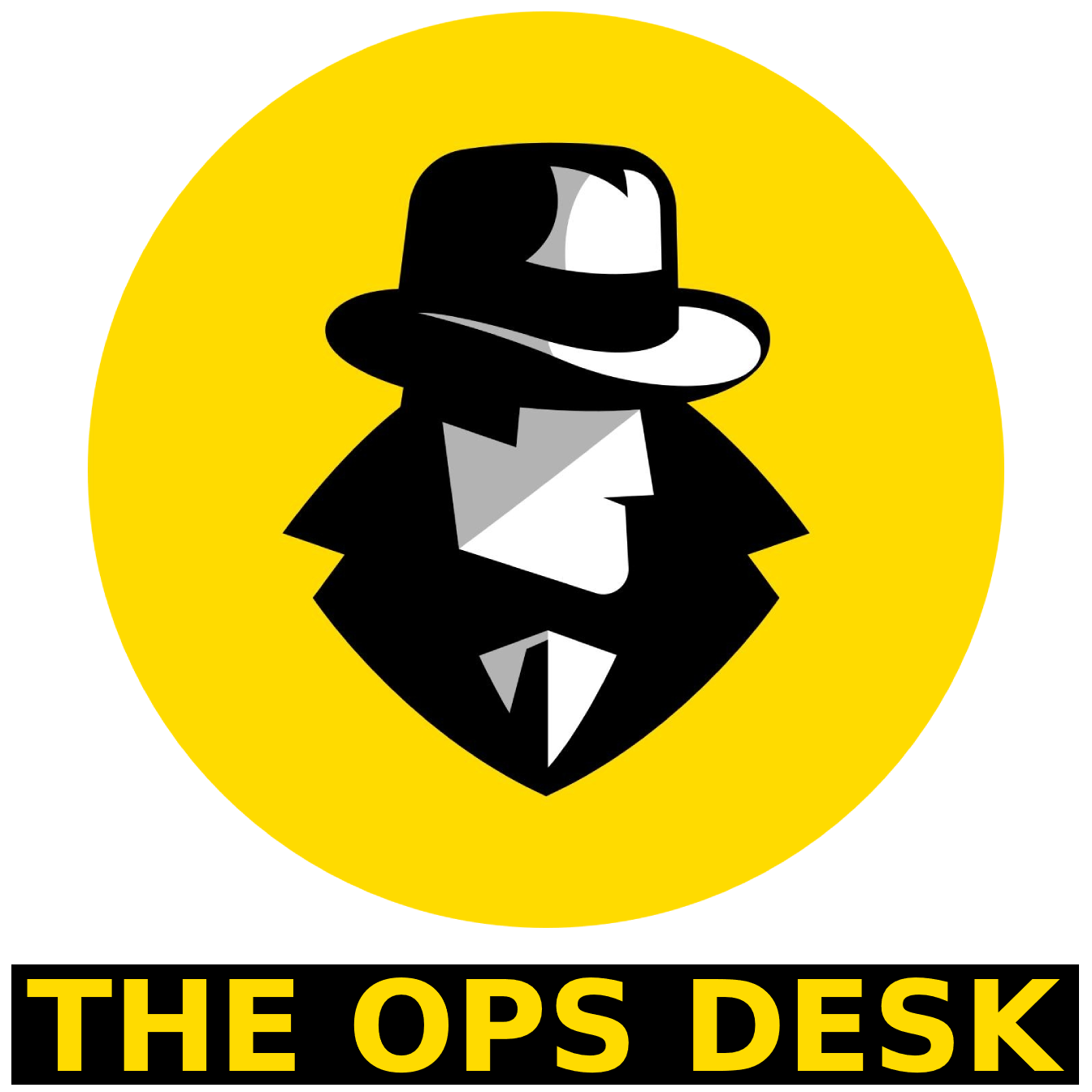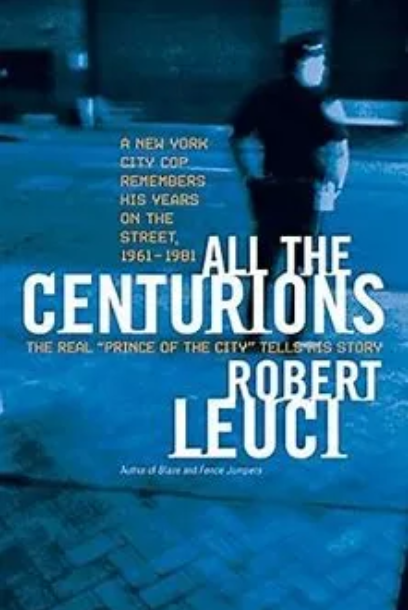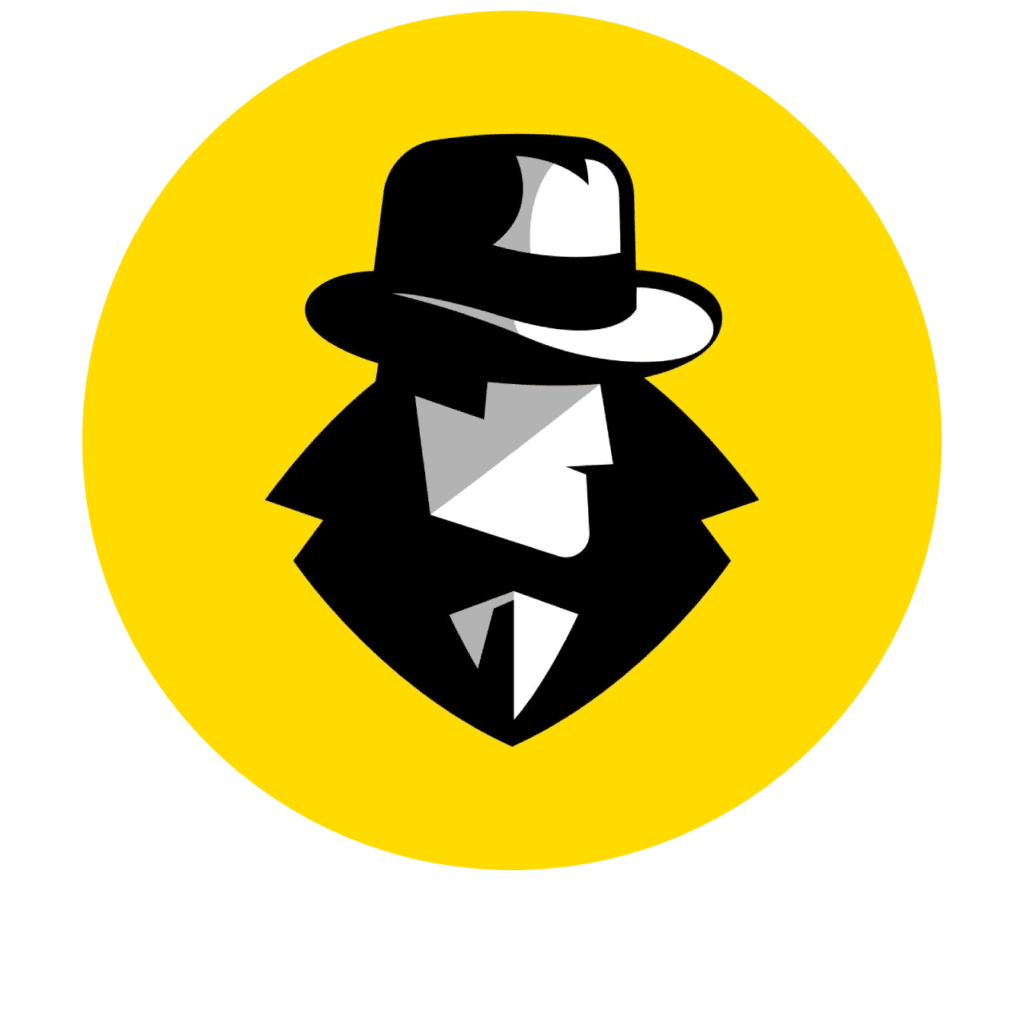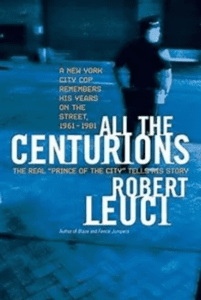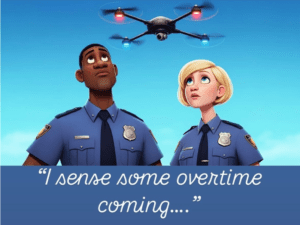NYPD rendered ineffective
The Mayor is certainly not perfect, but he has been saddled with a lot of baggage — liberal courts, the incompetent former Mayor DeBlasio, and district attorneys who don’t do their jobs.
Evidence of this is on display with every out-of-control “protest” that we see daily. The NYPD looks inept and nothing short of buffoonish at these rallies, scrambling after one individual after another as these instigators melt back into the obstructionist crowds. It is not the cops’ fault – but it’s still not a pretty picture.

Mayor Adams spoke on this subject earlier this week when he commented on the BLM settlement that cost taxpayers billions and took tools away from the NYPD. He acknowledged that, “The Police Department … [has] to be extremely more hesitant in actions that they would have carried out in the past to keep the peace.” “I did not agree with the concept of those changes,” he continued. “I pushed back hard … I thought it put us on a very troubling direction.” Not exactly a speech worthy of Cicero, but you get the point.
The cops are no longer allowed to corral protesters illegally blocking traffic and protesting without a permit. They also can’t enforce against sound reproduction devices (i.e, bullhorns, microphones, etc.) and signage violations in order to effect mass arrests. 
Instead, the NYPD has been forced into following a byzantine four-tiered system for handling protests which essentially require police to be fighting from behind, ending any hope of keeping a protest from growing out of control.
Even if they were to arrest them for legitimate violations, most of the district attorneys in this town would immediately drop the charges like they did in 2020. This would leave the city, the department, and individual cops open to lawsuits, CCRB complaints, and departmental repercussions.
Arrestees cannot even be brought to court. Governor Cuomo’s criminal justice reforms of 2020 require that these rabblerousers immediately be given “desk appearance tickets” and released back into the crowd.
This will be on display for the world to see in a few days when all eyes are on the Times Square New Year’s celebration. There is no doubt that the protestors will be disrupting the party and causing problems. Cops will get hurt, revelers will be harassed or assaulted, and gatherings will be disrupted as cops try to pick off a few of the most egregious violators in a sea of thousands. It will not be the cops’ fault, and at least the mayor is bringing attention to their plight.
Below is the actual verbiage of the ineffective four-tiered system that the NYPD must follow (note: this is not a parody):
- Tier 1 is used for a peaceful protest. Under Tier 1, the NYPD will temporarily accommodate peaceful protests passing through the streets or sidewalks. Community affairs officers can liaise with the protesters while the NYPD retains the ability to use patrol officers to enforce traffic laws and direct crowds.
- Tier 2 is used when the NYPD believes that illegal activity may be about to occur or that the protest is going to block critical infrastructure. The NYPD can station additional officers, including the SRG, in the vicinity of the protest in anticipation of the need for law enforcement intervention.
- Tier 3 takes effect once there is probable cause that an individual has committed a crime. The NYPD will deploy enough officers to address the individuals breaking the law. Specialized units, such as the SRG, may be deployed as necessary in this tier.
- Tier 4 commences when the protest must end. It is activated when either (1) protesters are trying to enter or blocking entry to sensitive locations or (2) crimes are so widespread that de-escalation and/or targeted enforcement has not worked or cannot work. In this tier, the only viable option is to end the protest. Before ending the protest, the NYPD must issue dispersal orders to warn the crowd, point out exit points, and identify a location where a protest could continue if feasible.
The most important police personnel at a protest are now the team of lawyers needed to implement police action. It seems like the safest bet is to sit back and hope for the best. And as a wise man said, “hope is not a plan”.
Thanks for reading The Ops Desk. Stay Safe!

